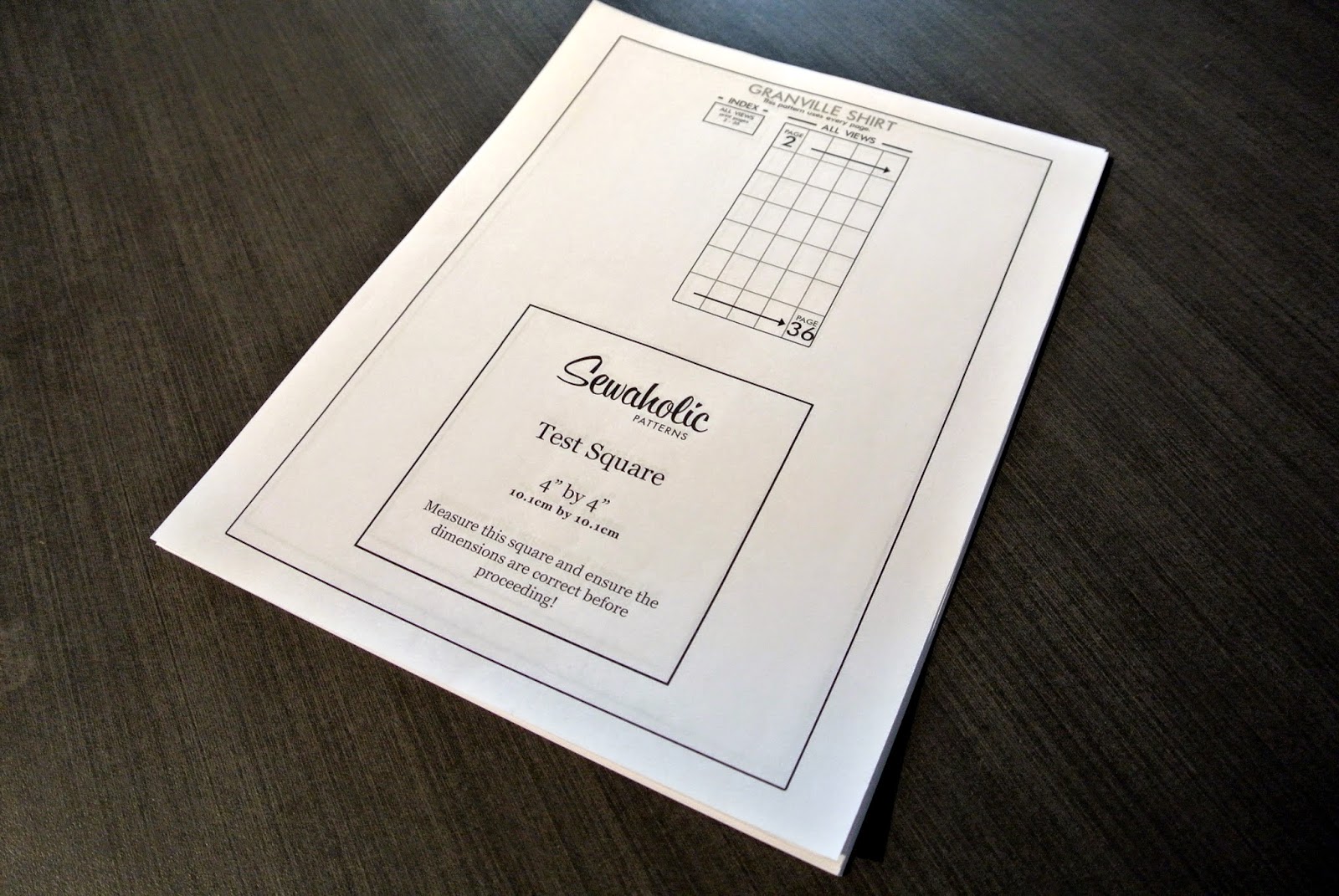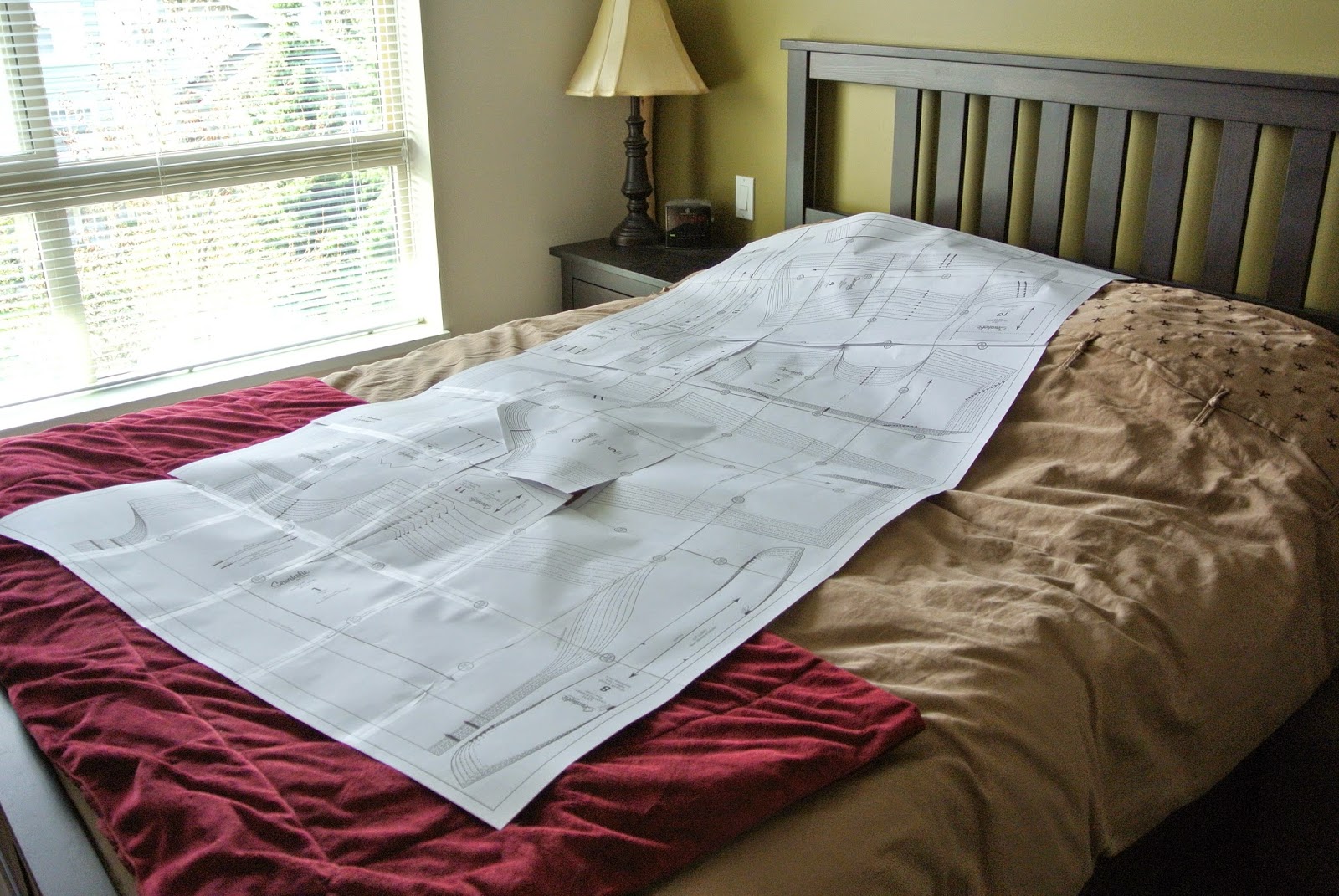Since I took such a long hiatus, there are a lot of things to share. Just because I wasn't blogging about my adventures with fabric and yarn does not mean I took a break from creating.
Reviving my blog meant giving it a new look too. I used a photo I took of a shawl I knit last spring and added text and the cute little bird using
Pic Monkey (not hard at all, and I'm definitely not a graphic artist).
Also, if anyone wondered, the name of my blog is inspired by a song by my favourite local band,
Mother Mother. The song is called Aspiring Fires...
Listen here!
I'm going to share some recent finished objects in this post, and will do another post tomorrow... But for today, I'll share what I made for our wedding, which was last June.
 |
| ©Wanderlust Photography |
These three shawls were made using
Handmaiden Casbah yarn, which is absolutely wonderful to work with. The colour is called wine. Links to the shawls on my Ravelry page follow:
Bride:
Temple and Arch
Maid of Honour:
Leaf Evolution
Bridesmaid (aka my daughter):
Yasmin
I also have to give credit for the photographs I'm posting from the wedding, as our photographer was wonderful to work with and is a real artist. I highly recommend
Wanderlust Photography.
 |
| ©Wanderlust Photography |
Because I'm a crafty person, I made the dresses for the three of us. My dress was quite challenging, because it was my first full bust adjustment. Aah, the dreaded FBA! I started off going by instructions I found online, but they all made assumptions about the pattern you were using (ie: existing darts, and standard design features). My dress is a 1950's era reproduction, so very little about it was standard. I went so far as to buy a few different patterns to see if I could get those to work, because I was at my wit's end getting the pattern I chose to work properly.
What I found most helpful, however, was to take a Craftsy course called
Adjust the Bust. I skipped pass the small bust adjustment parts of the course, because they didn't apply to me and I was running out of time. I'm sure they'll come in handy sewing for other people though, and the concept is the same. Anyway, the point is, if you can afford it, this course was excellent and will give you all of the skills and information you need to do bust adjustments. It does make assumptions about your pattern design features, but everything is explained in such a clear way that it makes even a more challenging pattern easy to adjust.
I also just noticed that the course is half price right now!
 |
| ©Wanderlust Photography |
All that being said, the adjustment was still challenging, and I did go through several muslins before I got a fit that I was satisfied with. If I could do it again, I'd have made a little more room in the bust, but the dress fit was good enough for me, and it was stressing me out, so rather than continue to fuss with it, I just went ahead and sewed it with the fit I got.
If you're fussy like me, you'll notice that there is a bit of tightness and drag across the bust, but most people would never see it. The stiffness of the fabric didn't help with this effect any, but it wasn't too bad. Of course, this being my second marriage, I wanted to be untraditional, so we went with a retro 50's look for the dresses.
I also made my headpiece. Since I wasn't interested in doing a traditional wedding, I bought a bunch of feathers and some netting and put together a fascinator. I also burned myself with the glue gun. I made simple earrings and necklaces for everyone, but my son bought me a special necklace to wear for the wedding.
 |
| ©Wanderlust Photography |
Here I am with my daughter and my best friend, who was my maid of honour. Their dresses are both different, because they have very different body types. I made my daughter's dress first, and it went very quickly as she didn't need any adjustments to be made. She did mention wearing it again some time, but I suspect that by the time she has the opportunity, it will be too small. She's nearly my height now, and it has only been eight months!
Yes, it did rain on our wedding day. What else do you expect in June in Vancouver? Fortunately, I had the foresight to buy umbrellas...
 |
| ©Wanderlust Photography |
Of course, I couldn't leave my husband out of the creative picture... so I knit him a pair of socks using yarn that was gifted to me by one of the ladies in my knitting group.
The pattern I used was called
Wollmeise Socks, and was designed for the yarn, which my friend brought back from Germany with her.
And those shoes, if you're wondering, are Fluevogs. I love their shoes, even if they are crazy expensive. I got these on sale though.
 |
| ©Wanderlust Photography |
And what 1950's style dress is complete without a petticoat? I don't tolerate crinoline very well, so I hunted down some cotton organdy (if you live in Vancouver, they stock it at Fabricana, and it is reasonably priced!)
I can't remember where I got the tutorial, but mine has ribbon over all of the seams, and is three tiers. I liked the cotton organdy, because it is stiff enough to hold the skirt out and keep it full, but it is soft and not at all itchy. I didn't make an elastic waist on it, because that would add bulk. Mine has a slit, with a hook and eye closure, so it is easy to get in and out of it.
I haven't had an opportunity to wear it since making it, which is unfortunate, because it's just the right fullness to actually wear without feeling like you're in costume.
 |
| ©Aspiring Threads |
There was one other dress that I made for the wedding, but it wasn't for a member of the wedding party. My husband knows a couple who have a band, and they have played at several events we've attended. He approached them about performing at the reception, and we were thrilled that they agreed! Every time I've seen them perform, I've said to him "I'd love to sew for her..." She is quite petite, and has a love for vintage dresses. We worked out a bit of a trade... a new dress for her, in exchange for singing at the reception. This dress is covered in tulips, and the pattern is a Vogue vintage reproduction. I had to do a fair bit of modification to the pattern, as it was far too deep in the shoulders for her, but I absolutely loved the construction of the skirt, which is actually pleated. It made for a very full skirt, which looks great on her. I also made a crinoline to go under this dress, which I used tulle to make.
This post is getting awfully long, so I will leave it at that. If anyone has any questions or comments, please leave them below and I'll be sure to answer as soon as I can!
Quick edit to add that I made another post about my dress, so
go read it here if you want more details!









































